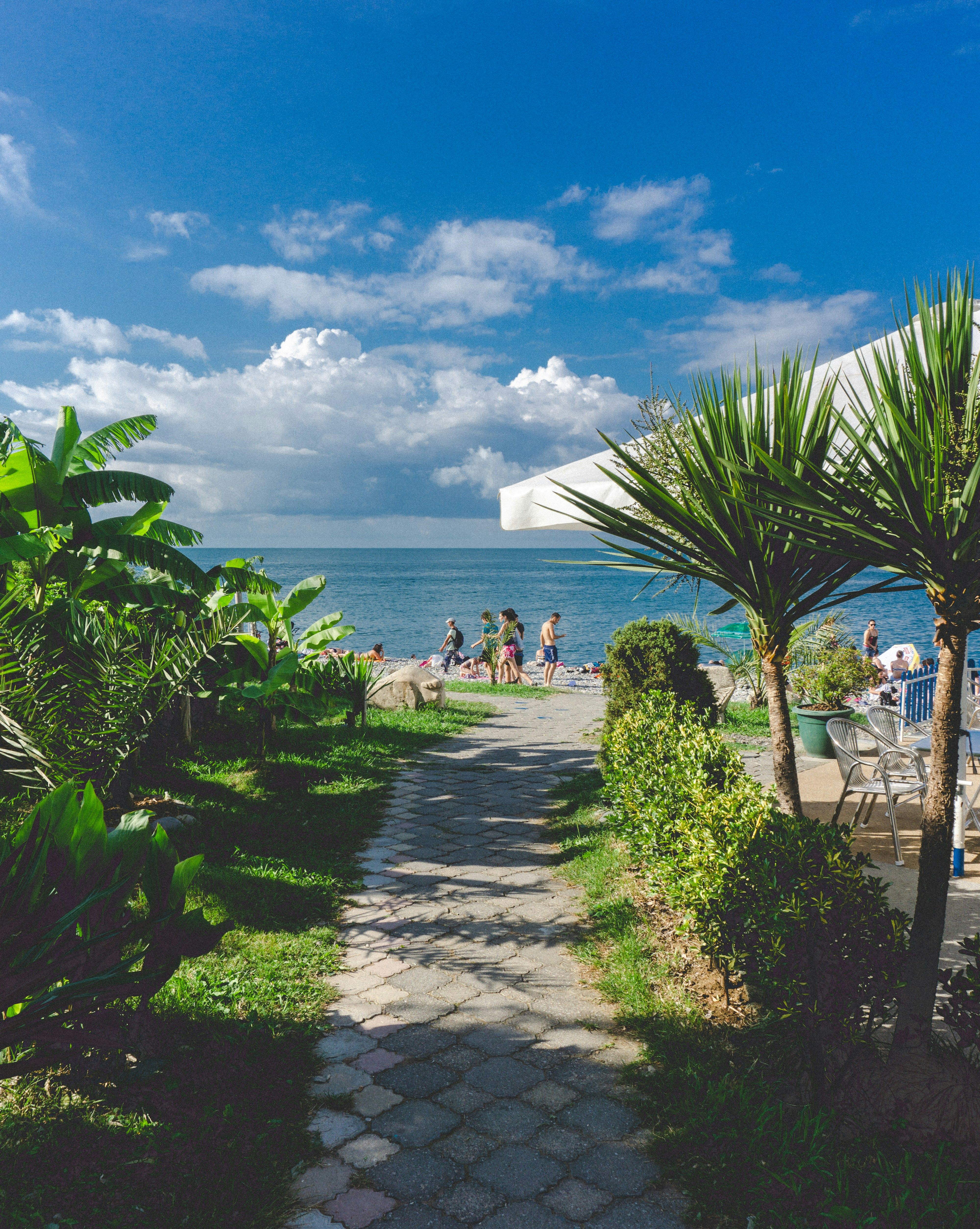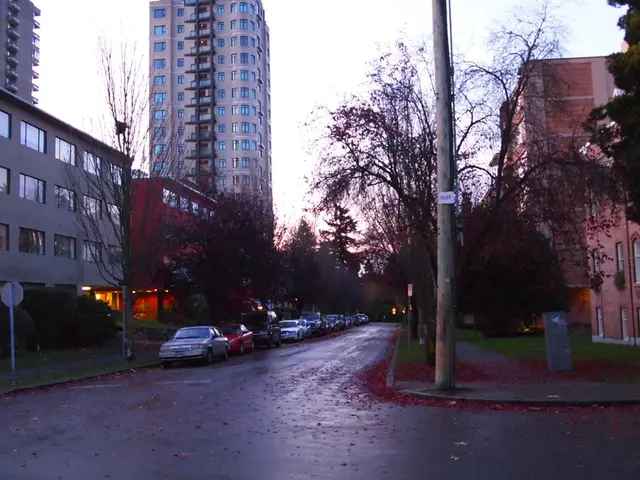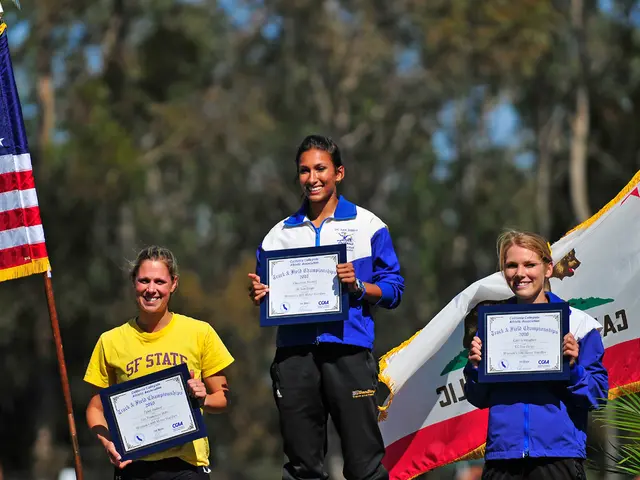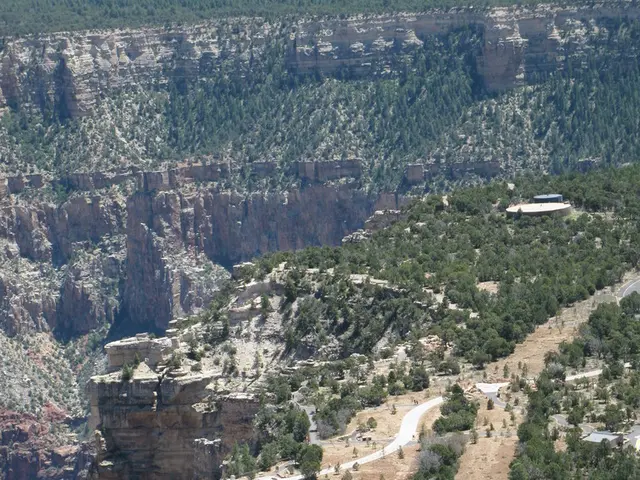Nine Strategies to Stimulate Awe for Nature through Storytelling: Daily Inspiration and Connection with the Environment
Discovering a Deeper Connection with Nature Through Environmental Storytelling
Historically, stories have played a pivotal role in how humans perceive and interact with the natural world. By crafting narratives around forests, mountains, rivers, and wildlife, we can forge a more profound and meaningful relationship with Earth's ecosystems.
Environmental storytelling not only enhances our personal connection to nature but also serves as a powerful catalyst for inspiring others to assume the role of mindful stewards of our planet. By seamlessly blending scientific facts with emotional understanding, stories make complex environmental issues relatable and actionable for everyone.
Tracing the Roots of Environmental Storytelling
The practice of sharing environmental stories dates back to the dawn of civilization. Whether through oral traditions, sacred texts, or cultural practices, stories have been instrumental in shaping human relationships with nature.
Indigenous cultures around the world have preserved their ecological knowledge through intricate storytelling techniques. For instance, Australian Aboriginals use Dreamtime stories to map water sources, while Native American tribes share tales of plant medicines through generations. These narratives demonstrate the interconnected relationships between living beings and plant their seeds of sustainable resource management and spiritual respect for nature.
Ancient civilizations also wove environmental themes into their rich storytelling traditions. Greek myths, for example, offered explanations for natural phenomena, such as the gods residing in specific mountains and springs. Celtic folklore mapped sacred groves and healing wells, illustrating how stories helped communities navigate, understand, and protect their local landscapes.
Crafting Personal Nature Narratives
To embark on your own nature storytelling journey, begin by identifying those aspects of nature that spark your curiosity and passion. Focus on specific, captivating settings like coastal tidepools, wetland preserves, or mountain trails to fuel your authentic narratives.
Document your outdoor adventures using detailed field notes, photos, and sketches. Seek out subtle changes in wildlife behavior, seasonal transitions, and weather patterns, and connect these experiences to broader themes like conservation and climate resilience.
Sharing Your Environmental Stories
Digital platforms offer powerful tools for amplifying stories about nature and fostering connections with like-minded individuals.Start a nature blog or utilize social media channels like Instagram and Medium to share your observations, wilderness adventures, and conservation efforts. Use engaging hashtag collections such as #NatureStorytelling or #WildlifeNarratives to attract viewers and connect with fellow environmental storytellers.
Children and Environmental Tales
Teaching children about nature through stories helps nurture a lasting connection to the environment and promote environmental stewardship. Craft tales about local wildlife, sustainability practices, and conservation achievements to engage young minds. Interactive elements, like sound effects and guided imagery, can help bring stories to life.
Community Connections Through Natural Tales
Establish local environmental storytelling groups to share experiences, nature photography, and conservation efforts with your community. Partner with libraries, nature centers, and environmental organizations to hold regular gatherings where people can connect, swap stories, and share insights about their local ecosystems. Utilize online platforms like Facebook groups or Discord channels to maintain community engagement between in-person meetings.
Incorporating Digital Innovations
Leverage technology to capture and document your environmental stories effectively. Explore digital tools like the Rite In The Rain Notebook, designed to withstand the elements while preserving your memories and observations. For instance, the durable, weatherproof paper allows you to write in all weather conditions without sacrificing legibility.
Engaging with Difficult Subjects
Turn complex environmental issues into compelling narratives by focusing on human stories and local impacts. Highlight efforts to adapt to changing weather patterns, develop flood management solutions, or restore ecosystems. Share personal accounts of climate change's effects on daily life, such as alterations in bird migration patterns or the transformation of traditional fishing communities.
Building a Stronger Future for the Planet
Your personal environmental narratives hold the power to impact the larger narrative of environmental stewardship. By sharing your unique experiences and fostering an appreciation for nature, you can help create a global tapestry of voices dedicated to preserving our planet for future generations.
Remember that every story matters, no matter how small. Start documenting your outdoor adventures today and dream big about their potential impact on people and the environment. Together, our stories build bridges between us and the planet, fostering the change necessary to secure a sustainable future.
Sources:
- Rite In The Rain - https://riteintherain.com/notebooks/universal-journals/
- Sustainability and Environmental Education: A Praxis Approach - Vijaykumar, Janacki, Kizilcec, & Tsatsanis.
- Human-Environment Interactions in Past Societies: Patterns and Processes - Balee, J. A. & Erickson, R. F.
- Storytelling and the Movies: The New Hollywood - Bordwell, David & Thompson, Kristin.
- Environmental Storytelling: The Power of Story to Transform Our Relationship with Nature - Taylor, J. J.
- The Power of Myth - Campbell, Joseph & Moyers, Bill.
- Conservation Technology - Whitman, A. B. & Aslani, J. N.
- Conservation and Social Justice - Anonymous.
- Indigenous Knowledge and Biodiversity: A Global Survey - Niamir-Fuller, S., Westwood, J. B., Brown, C., & Brunker, G.
- Saving Nature Through Narrative - Soule, M. E.
- The ancient practice of environmental storytelling, as seen in Australian Aboriginal Dreamtime stories mapping water sources or Greek myths explaining natural phenomena, continues to inspire modern storytellers.
- By sharing personal stories of nature and conservation efforts on social media platforms like Instagram and Medium, individuals can connect with others who share a passion for environmental stewardship and sustainable resource management.
- Educational institutions, such as libraries and nature centers, can foster community engagement by partnering with local environmental storytelling groups to provide a space for sharing experiences, photography, and insights about local ecosystems.
- Through environmental education programs focused on children, stories of local wildlife, sustainability practices, and conservation achievements can help instill an appreciation for nature and promote environmental stewardship in the younger generation.







